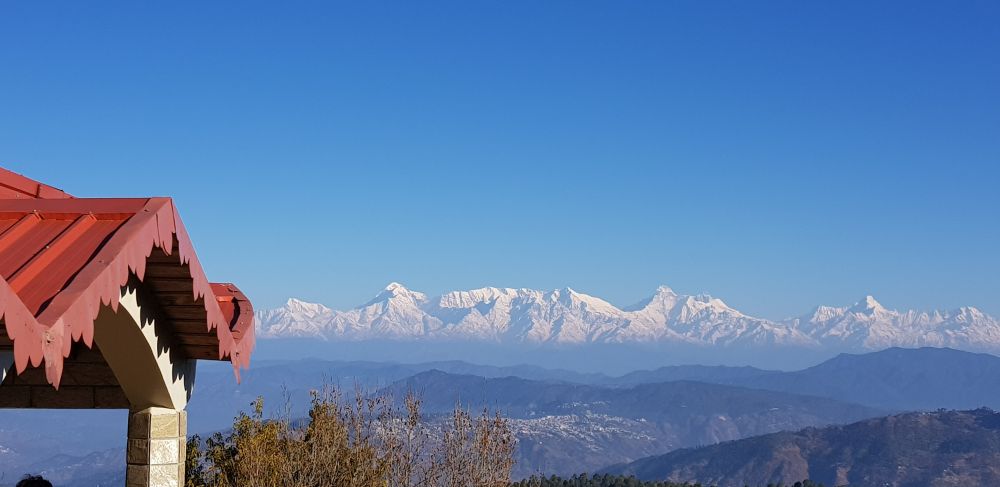

Set atop the Kumaon hills in Uttarakhand, Mukteshwar offers panoramic views of the majestic Himalayas. Named after the ancient Mukteshwar Dham, a 350-year-old Shiva temple, this quaint town is a blend of spirituality and natural splendor. The history of tourism in Mukteshwar is intimately linked with its inherent beauty and colonial legacy.
Tourism in Mukteshwar began to gain momentum during the British Raj. Mukteshwar was established as a research and education institute (the IVRI) in 1893. The salubrious climate and pristine environment attracted British officials who started building cottages and residences here, laying the initial foundations for tourism. The charm of the old colonial architecture continues to be a draw for tourists.
The major turning point for Mukteshwar’s tourism was the development of infrastructure by the state government. With the establishment of good roads, guesthouses, and better facilities for tourists, Mukteshwar became accessible to a broader demographic. Nature enthusiasts, trekkers, and spiritual seekers began flocking to the region to enjoy its tranquil surroundings and untouched beauty.
Over the years, private players have invested in Mukteshwar, leading to the emergence of numerous resorts, homestays, and boutique hotels that cater to a variety of preferences. Adventure tourism has also taken off, with activities like rock climbing and paragliding being offered. There's a growing trend of eco-friendly tourism, with several establishments promoting sustainable travel practices.
Aside from its natural beauty, Mukteshwar is a spiritual haven. The Mukteshwar temple, Chauli ki Jali, and the ashrams in and around the town are significant attractions for those seeking spiritual solace. The celebration of local festivals and fairs contributes to the cultural tapestry that enriches the visitor experience.
In recent times, tourism in Mukteshwar is characterized by a rising interest in offbeat and experiential travel. Tourists are looking for authentic experiences, preferring to stay with local families or at properties that offer a more personalized touch. There is a noticeable increase in interest for activities that involve interaction with the local community, understanding their culture, cuisine, and way of life.
Agri-tourism is an emerging trend, with tourists taking part in fruit-picking activities, especially during the plum, peach, and apricot seasons. The region's organic produce and local cuisine have garnered admiration, leading to a more immersive gastronomic tourism experience.
Overall, Mukteshwar continues to retain its old-world charm while adapting to the evolving desires of the modern traveler. It stands as a testament to how a small hill station can emerge as a celebrated haven for tourists, offering a peaceful respite from the chaos of city life.
Mukteshwar, with its beautiful orchards, colonial-era buildings, and Himalayan backdrop, provides a perfect blend of history, culture, and nature. As tourism trends evolve, Mukteshwar too is evolving, ensuring that it remains a favored destination for tranquility, adventure, and spiritual seekers from around the world.